Interview: Marc Newson
The acclaimed Australian designer on his collaboration with Safilo and how all design is problem-solving

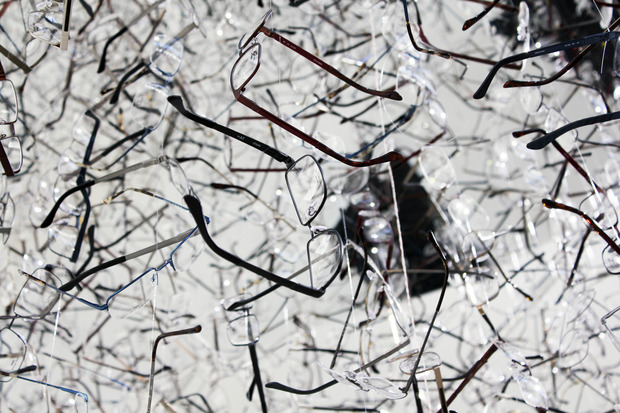
Recently, we reported on the launch of a new collaboration between Safilo and acclaimed Australian designer Marc Newson, meant to celebrate 80 years of activity for the historic Italian eyewear company. At Milan Design Week, we had the honor to talk to Newson himself. In a totally white space filled with light, in the historic halls of La Triennale, the designer spoke about manufacturing processes, signature products, heritage and the future of design.
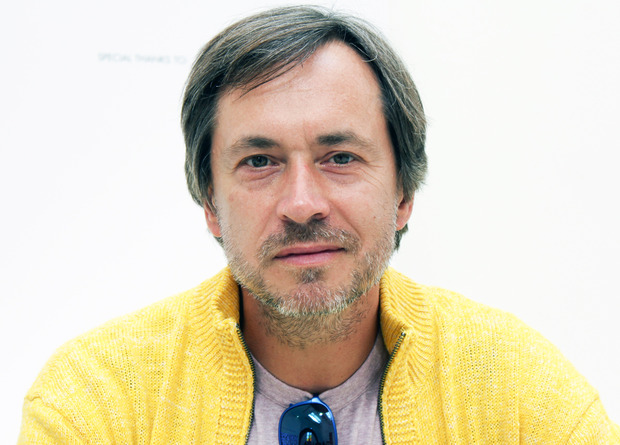
How did you get in contact with Safilo?
I was approached by Safilo about 18 months ago and, in terms of industrial design, it was a relatively short period of time. I automatically assumed it would be sunglasses or something more fashion-oriented, but they said they were actually interested in optical frames. I became very excited about that because for the first time three years ago, I had to start wearing glasses. As a consumer, I found it really difficult as a male to go and find nice optical frames. It sounds like a crazy thing and there’s so many products on the market, but I really, really had difficulty. So I was using an old pair of frames which I liked and I put lenses in, but they were antique frames and didn’t work very well.
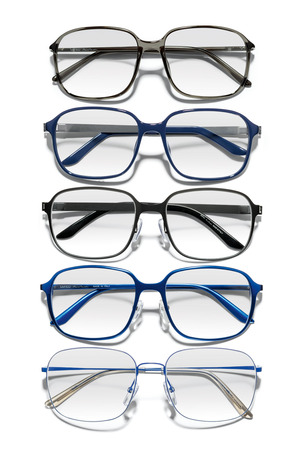
Safilo is a quintessentially Italian company, so they’ve lived through the greatest periods of design because they’re in the spiritual hub of design.
You also had the chance to get in with the production side, since you have worked a lot in recuperating specific techniques and materials.
Safilo is an old company with a really rich history, and that’s always a wonderful place to start. I work with a lot of brands that have a rich history and it’s good on one hand, it’s difficult on the other hand. In some cases it can be quite heavy and inhibiting. In other cases, depending on the mentality or the philosophy of the company, it can become a fantastic kind of wealth of information.
Safilo is a quintessentially Italian company, so they’ve lived through the greatest periods of design because they’re in the spiritual hub of design. To go through the historical archive, with products, techniques and philosophy, it’s an inspiring process, it’s a much better place to start.
Did you start from already existing styles in terms of shape or did you start from scratch?
It was a combination of three things: it was starting from scratch on one hand, on the other hand looking through the range of products that have been produced by Safilo for the last 80 years. Not only to take ideas, but to understand the philosophy of the company because there is a kind of deep design DNA, there is a way that Safilo does things, which is different to other manufacturers. And then the third thing is to simply create something that I’m happy to wear as a consumer.
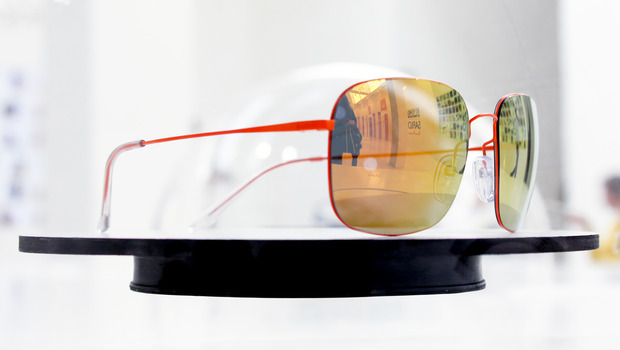
I was born in a culture with no sort of historical baggage in design, so everything for me was new in one way.
In this specific project and other projects you’ve made, how is it possible to keep to the next level, to remember—but not too much—what was before?
My job is not to reinvent the wheel, but it’s a reinterpretation. It’s a way just to make it more contemporary. Probably it also has something to do with the fact that I come from Australia. I was born in a culture with no sort of historical baggage in design, so everything for me was new in one way. It’s like if I work for Riva, the most important thing for me is when somebody sees a boat 100 meters away, they say, “Ah, it’s a Riva”. They don’t say, “It’s Marc Newson.” It has to look like a Riva. The same happens with the Atmos clock for Jaeger-LeCoultre: the first thing they see it’s an Atmos clock. It’s not about me, it’s really about the product and that’s the same thing with Safilo.
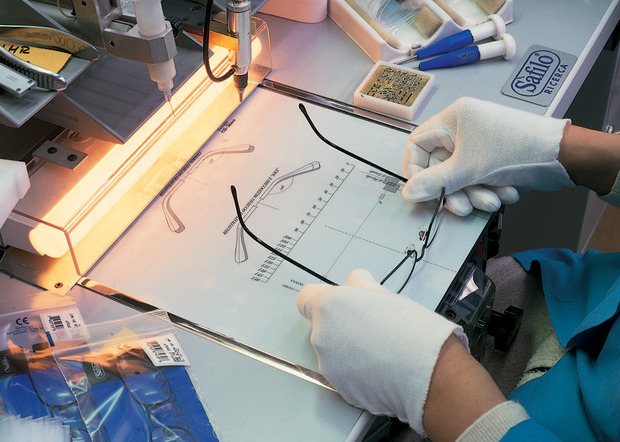
If you were to give advice to a young designer or design student, what would it be?
I think designers need to spend as much time as they can studying technical things because you can’t work anywhere in the world with design if you don’t have a really great technical understanding. And the only way you can achieve great results is if you are able to communicate with manufacturers on an equal kind of basis, so I spend as much time as possible learning how to do that. It’s not just about sketches, it’s not just about concepts, it’s really about understanding production, materials, technology.
And getting some kind of commercial knowledge as well, that’s also important. Every designer I know—every single designer, all of my contemporaries—99% of the time they have to teach themselves about the commercial side of design.
I’m specializing in design.
Design is always a problem-solving exercise.
Is there something you haven’t designed yet that you would love to design?
I’ve been asked the question a few times and I always struggle to find an answer. I’ve worked in so many different areas, but the point for me is that it’s all design. People think you need to specialize, but I’m thinking I am specializing actually: I’m specializing in design.
Design is always a problem-solving exercise. It doesn’t matter if it’s glasses or a frame, doesn’t matter if it’s automobile or a telephone. It’s a problem-solving exercise, absolutely. That’s what I’m doing. But maybe it would be nice to design nothing for a while.
The Safilo x Marc Newson collection is on sale at Colette in Paris, 10 Corso Como in Milan, London’s Dover Street Market and online at Mr. Porter.
Product and production images courtesy of Safilo, all others by Paolo Ferrarini









